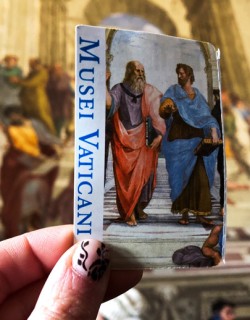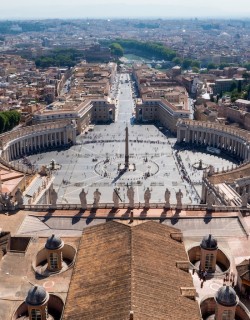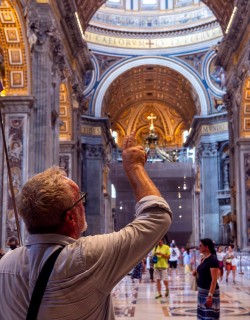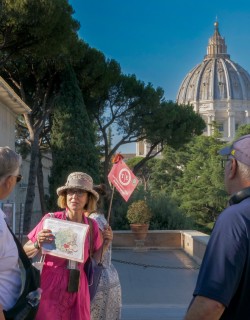If you find yourself in Rome, it is difficult to resist the pull of the Vatican. The museums are one of the most popular cultural attractions in the entire world, with over four million people visiting them every year. But what exactly is this place to which these millions flock? It is surprisingly difficult to come up with a simple definition.
There is, of course, an obvious literal answer. This is the very epicentre of the Catholic universe, a tiny independent state centred around one extraordinarily massive church and a luxurious palace that happens to possess an unparalleled collection of priceless artistic masterpieces, from iconic ancient sculptures to era-defining fresco cycles. But this basic description tells us little. Little, at least, about how we actually interact with a location that exerts an almost mystical attraction towards so many people.
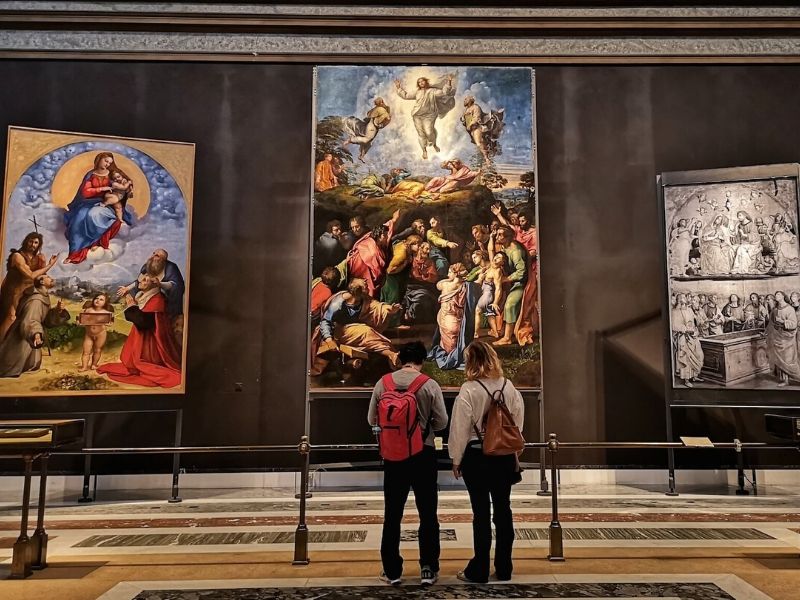
The truth is that there are as many Vaticans as there are people who visit it. In every mind it conjures up different images, and for every visitor it carries a different weight of expectations. Some come to explore one of the world's great artistic patrimonies. Others are fascinated by the history of a place that has powerfully influenced the development of the western world for so many centuries. Still more come seeking a spiritual experience, continuing a nearly two-thousand-year-long tradition of pilgrimage. For everyone, though, uncovering the many faces of the world's smallest country can be a bewildering and even overwhelming experience, an experience in which all of your senses can seem like they are under attack by a swirling concentration of art, history and humanity.
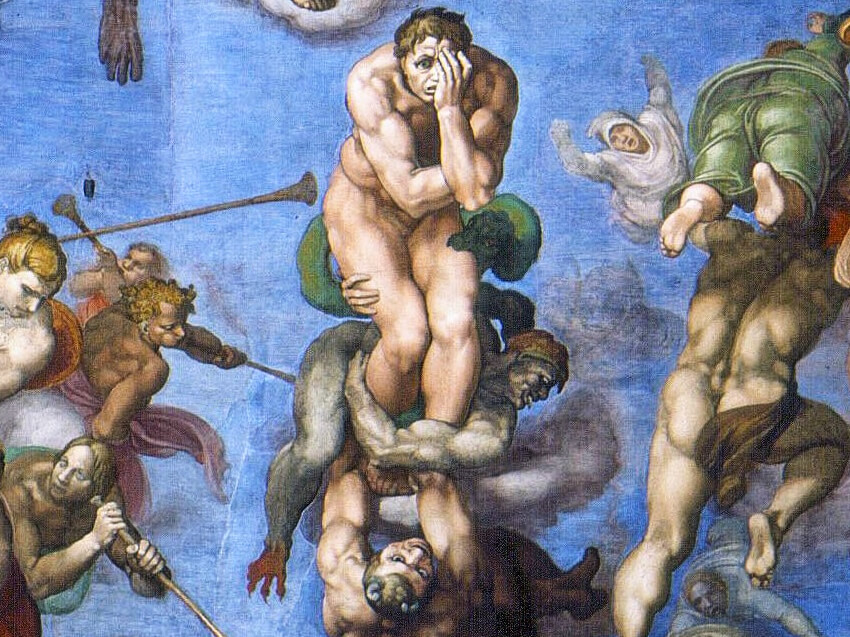
For centuries visitors to the Vatican have noted and struggled to come to terms with this characteristic sensation of excess. After visiting the museums, the great American novelist, satirist and wit Mark Twain was compelled to write that
It makes me dizzy, to think of the Vatican - of its wilderness of statues, paintings, and curiosities of every description and every age...I can not write about the Vatican.
The chaos, the sensorial assault, the excess – the unique challenges of modern tourism may have augmented their effects, but the whole function of the Vatican has always been to inspire awe and incomprehension in its visitors. What could be a more appropriate vision of this than Michelangelo's great Last Judgement in the Sistine Chapel, today structured as the final, dramatic climax of a visit to the Vatican Museums? It is here, in this anguished and confusing tangle of bodies and limbs, that the whole of the Vatican experience is rendered before us in bombastic microcosm. In the agony and ecstasy of this extraordinary end-of-the-world image, the overwhelming nature of the Vatican is impressed on our minds with the clarity and certainty of Christ's judgement.

How do we ensure that we are not completely overwhelmed by this enchanting labyrinth? There is little point in seeking to battle the many contradictions and complexities of this unique place. If we can say that the Vatican offers a history of the Western World, then this is a history not written as an objective and coherent narrative. Rather, this is history written through the subjective and idiosyncratic lens of art, through projects commissioned and collections gathered by centuries of very different - and often very eccentric - individuals.
The various popes, cardinals and prelates who commissioned paintings and purchased antiquities to burnish the Vatican collections each had their own agenda, interests and prejudices, and their individual tastes and peccadillos have had a profound effect on the story that the artworks in the Vatican tell. Rather than trying to create a comprehensible narrative out of everything that you come across, when visiting the Vatican try to focus instead on smaller details, details that might open up new ways of seeing the world around you.

It might be in the intimate beauty of a little visited fresco away from the beaten path; it might be in the ambiguous form of the Belvedere Torso, whose muscular anatomy has inspired great artists for over 500 years; it might be as part of a great crowd in the Sistine chapel united in admiration of the creative heights to which man can reach, or it might simply be in a shaft of golden evening sunlight playing across the floor of one of the palace's glittering corridors.
More than a journey through history, the story that the Vatican collections has to tell is also the story of the human spirit; it’s an exploration of some of the deepest and most profound emotions that humans have the capacity to feel, emotions that speak as clearly to us today as they did to our forebears thousands of years ago. Who, for example, could remain unmoved when beholding for the first time the anguished cry of Laocoon, his face turned towards the infinite abyss as he contemplates the destruction of his sons and himself, a victim of his own perspicacity? Who, indeed, could remain indifferent to the powerful wellspring of despair explored by the great Baroque master Caravaggio's meditation on the death of Christ in the Vatican’s picture gallery?
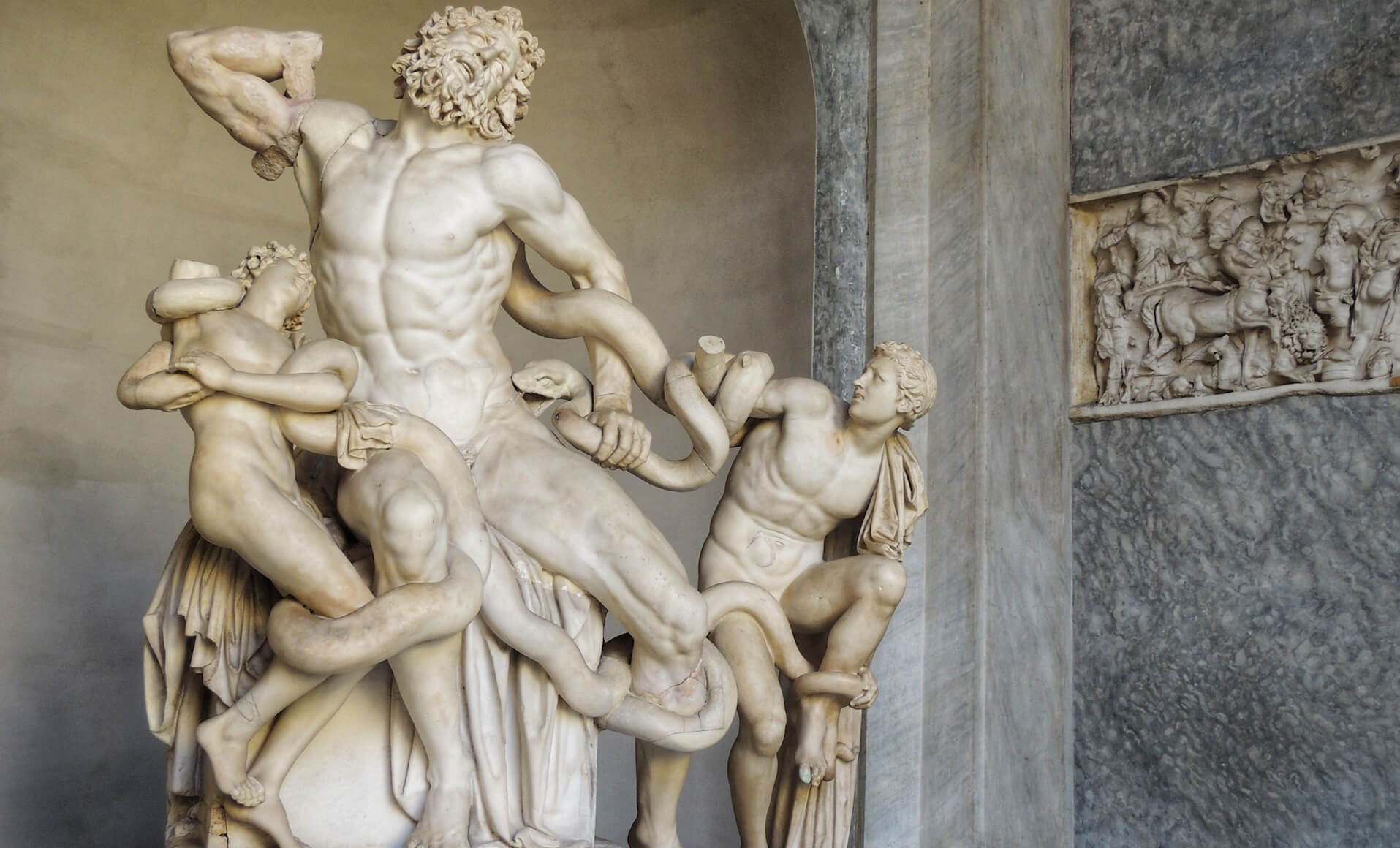
Each of these are snapshots of time, immortalised in stone, paint and fabric. Each is a starting point, a window to another world glimpsed and yet still mysterious. If they are able to pique your imagination and maybe even broaden your mind, well, this is the true essence of any cultural experience. This is exactly why we feel compelled to preserve these great works from the past, so that they might tell us something, or teach us something, or even inspire us.
This is why the Vatican is so fascinating, and why its appeal will continue to endure. It is a little microcosm of the world, both in its modernity and its history, in all its glorious contradictions. Moments of indescribable serenity mingle with moments of barely ordered chaos, whilst all around you art in its very highest form reflects the whole gamut of human emotions, from the highest ideals to the most craven actions of the spirit.
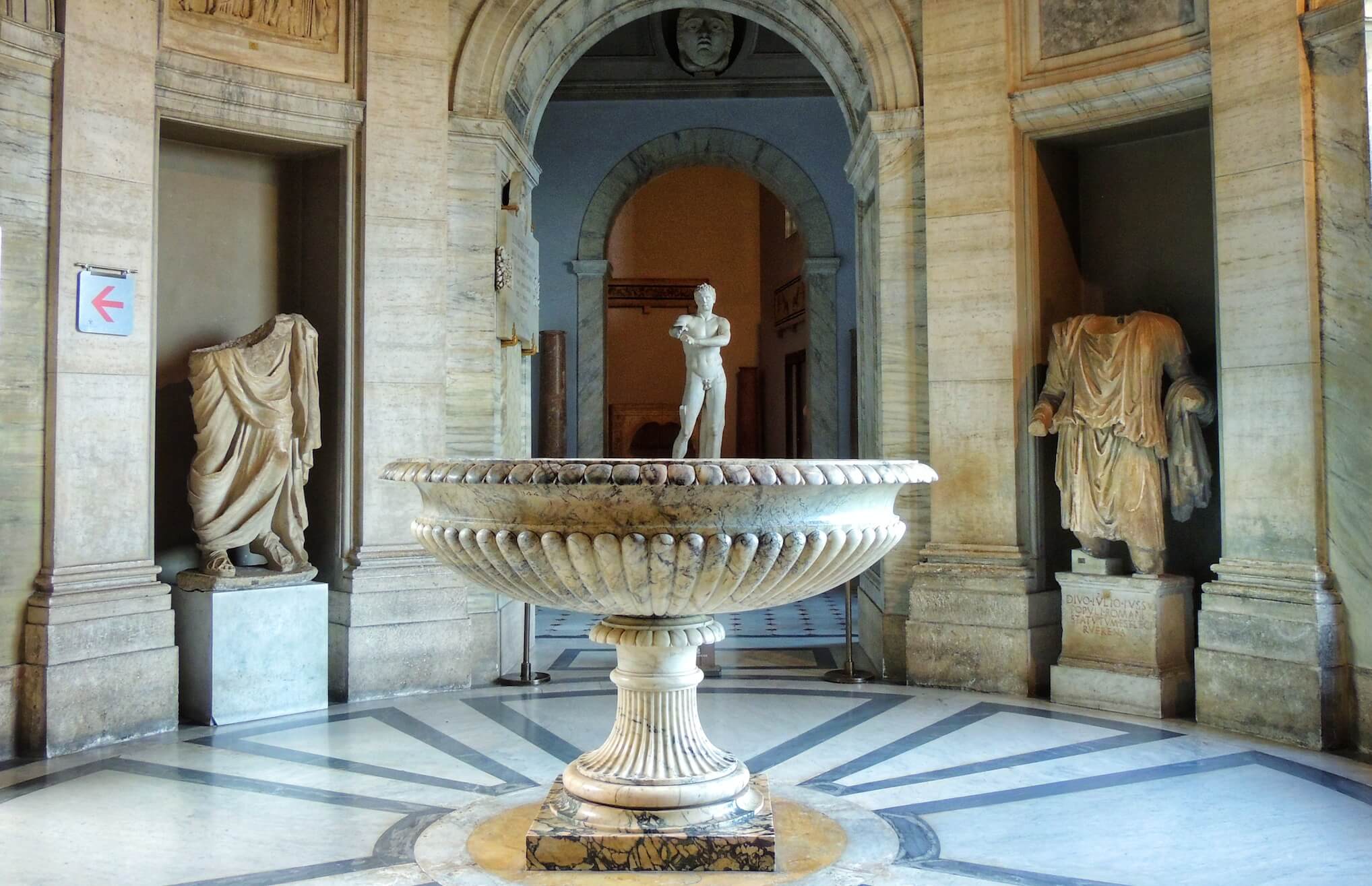
Admittedly, with 1,400 rooms filled with priceless masterpieces, the Vatican can certainly be an exhausting place to come to, and rewards a lifetime of visits more than a few short, stolen hours. Trying to see everything in one trip, rushing through the galleries without really knowing what you’re looking at, is not the most rewarding way to experience this incredible place. That’s why exploring the museums on an in-depth Vatican tour in the company of an expert guide able to provide valuable context along the way, can be a gamechanger.
We think that having the chance to come face-to-face with some of the greatest monuments to the power of human creativity ever conceived on a tour of the Vatican Museums is one of the most exhilarating experiences that this world can offer. It may not make a believer out of you, but it will most certainly leave you awestruck. Join us to find out!

